Concept Development - 6 Trends To Watch for in 2023




Synopsis
Creative Supply founder Youri Sawerschel and FRAME’s Tracey Ingram get together to discuss the key trends they expect to influence hospitality in 2023, combining insights from Sawerschel’s realm of brand strategy and brand design, and Ingram’s role as editor at large for one of the world’s leading interior-design platforms.
01 Cloud brands
There’s been an acceleration of F&B brands going digital or phygital following Covid-19. Trying to exist in a hybrid world, more and more restaurants are offering delivery, creating a spatial-design problem. ‘Food delivery drivers come in wearing their brightly coloured uniforms, interrupting the flow of the on-site dining experience and shattering the illusion,’ says Ingram. ‘Some restaurants have opted for a quick fix by having a window next to the kitchen, but new designs can better consider how pick-up is integrated into the layout and experience.’
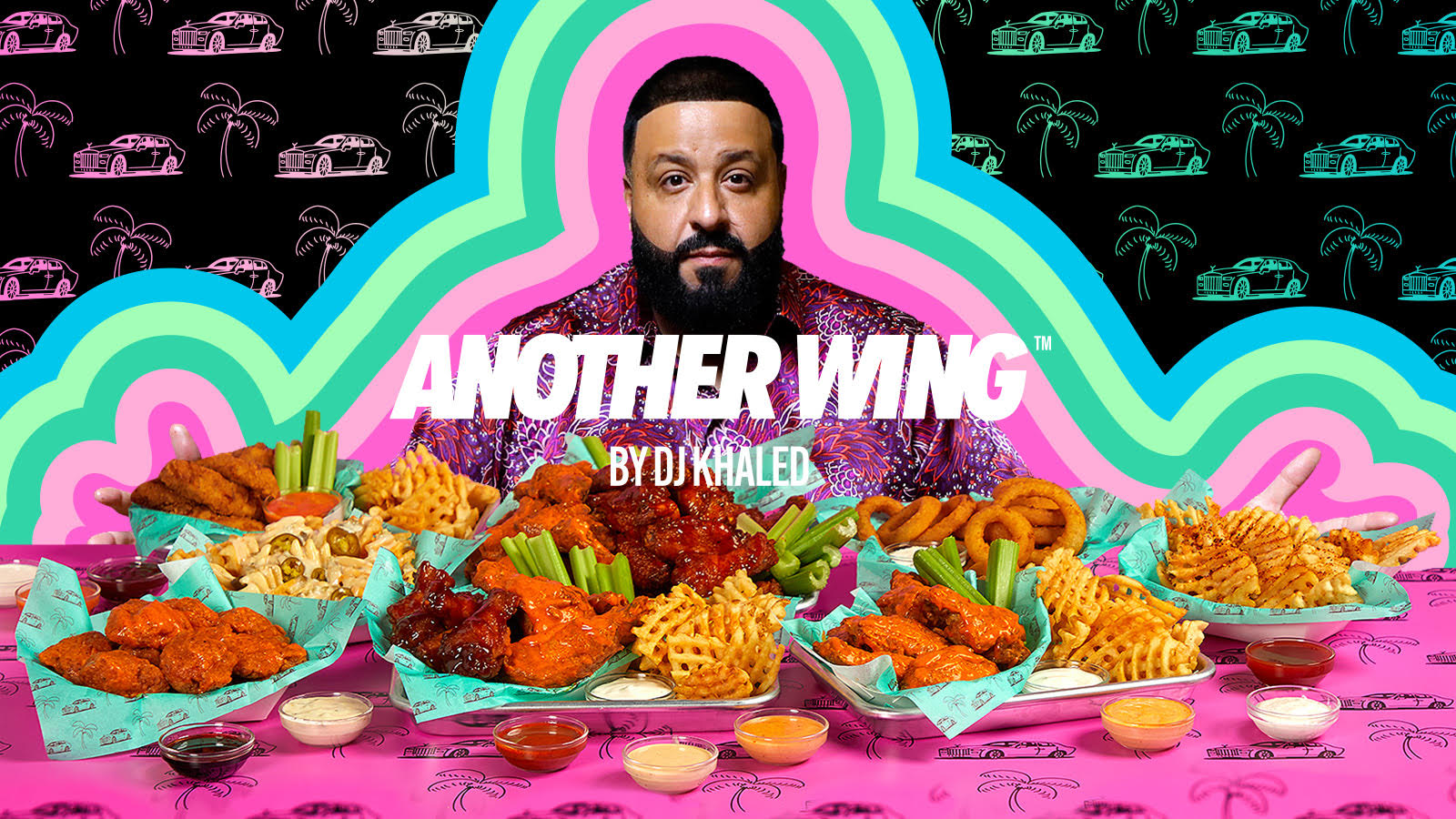
Ghost kitchens proved you don’t even need a street-front kitchen to serve customers, and now we’re even seeing brands that exist entirely in the cloud. ‘We’ve surpassed the idea of being able to sell food online without a restaurant, to being able to sell food online with nothing but a brand and a third-party delivery service,’ says Sawerschel, pointing to the example of DJ Khaled’s chicken wing delivery start-up Another Wing, a collaboration with ghost kitchen operator Reef Technology. ‘What matters is reach and branding power. I think this will push the envelope for existing players to come up with something more exciting than just the food they offer.’
02 Immersive experiences
From a cup of coffee to a full dining experience to an overnight hotel stay: hospitality is being fused into retail to keep customers lingering for longer. ‘While retail and hospitality have been merging for a while now, what’s changing is that hospitality add-ons are no longer seen as just a marketing activation tool – a pop-up café for two weeks, for example – but more as an extension of the brand and business model,’ says Sawerschel, pointing to Gucci Osteria and IWC Bar as examples. ‘More and more retail brands will soon have revenue models behind their hospitality experiences.’
Standalone hospitality concepts are also extending their experiences and upping the ante, whether they be restaurants that guide guests through a series of spaces that complement the dining experience (as at Restaurant Äng in Sweden) or that offer guests an intimate peek into the kitchen (as at Fatih Tutak in Istanbul). ‘What I want to see more of, though, is that the journey to get to a hotel or restaurant becomes part of the experience,’ says Ingram. ‘If you’re a sustainable hotel or restaurant, is there an incentive for guests to arrive via sustainable transport? Can that become incorporated into the offering as a brand touchpoint?’
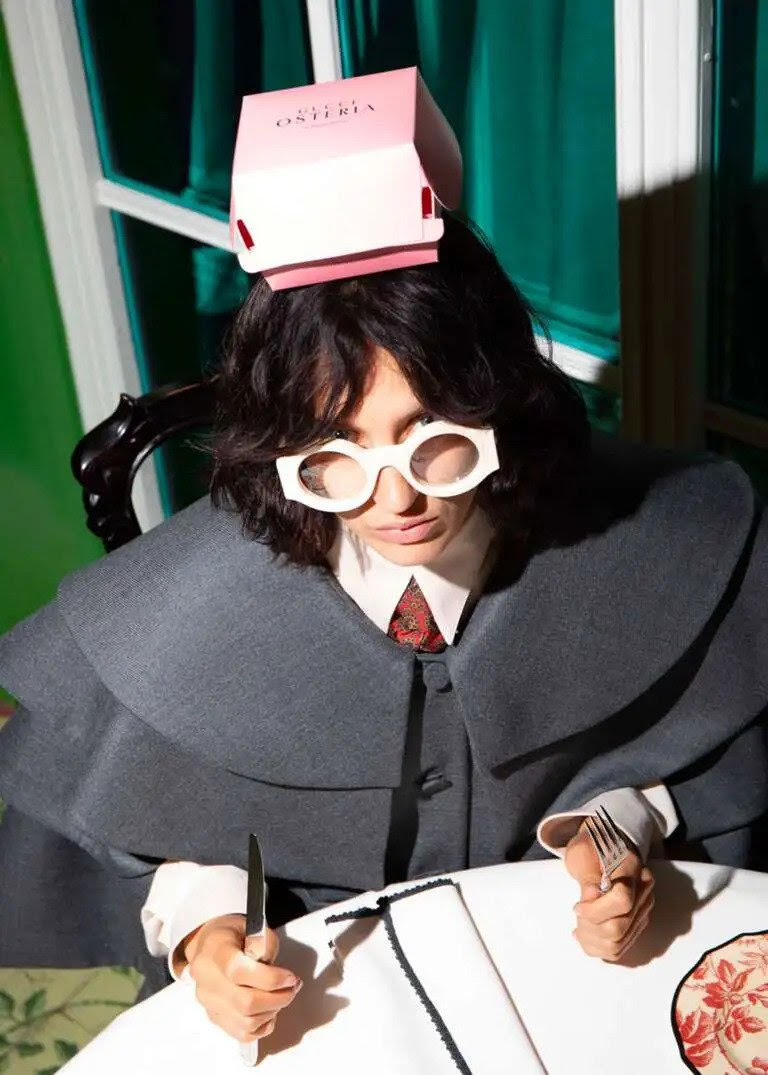
03 Smart collabs
Sometimes the whole can be greater than the sum of its parts. ‘In the hospitality industry, we speak a lot about suppliers,’ says Sawerschel. ‘Those who provide the coffee, bedlinen, laundry, housekeeping and so on. But some brands are realizing that you can leverage certain suppliers to essentially make them partners, using their name, reputation and profile to create a brand or concept with more value.’ For some, it’s a link to location (Swiss Airlines offers coffee onboard from small-scale local brand Miró) and for others, it connects to sustainability efforts (Native at Browns is a closed-loop restaurant at Browns Brook Street). ‘Maybe you’re a brand working with vegan leather,’ says Ingram, ‘and could partner with a vegan hospitality brand, something that really aligns with – and amplifies – your brand message.’ But first, says Sawerschel, you need a story, a starting point. If you don’t know what you stand for, you’re just going to look for any old supplier – or the next big hype.
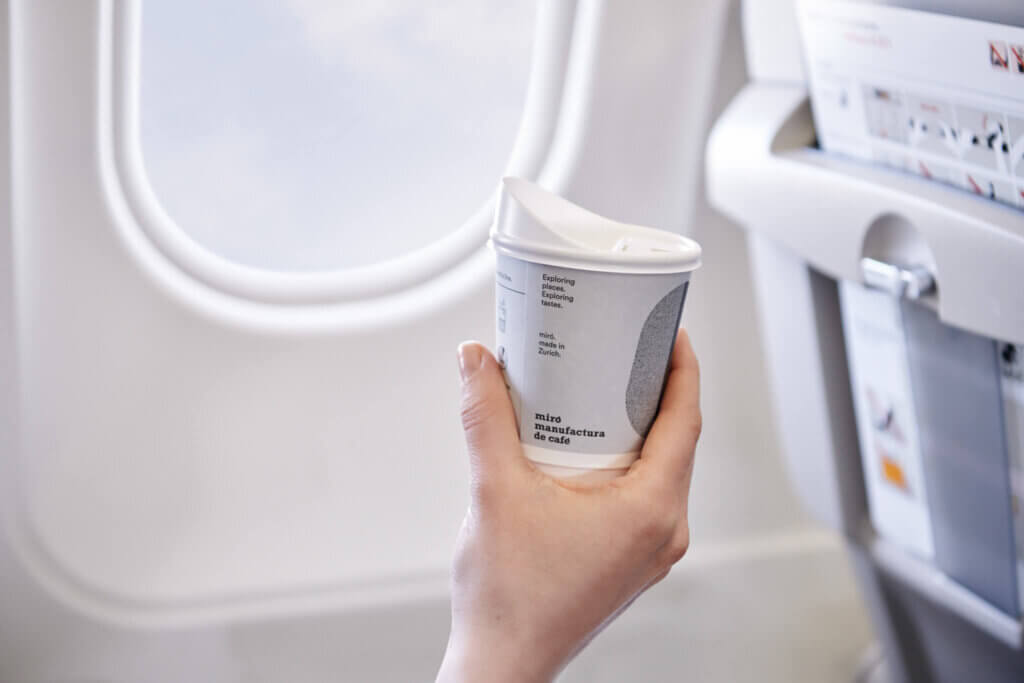
Smart collabs can also open up brands to new audiences – Ferrari, for instance, is tapping into chef Massimo Bottura’s fame and following for its on-site trattoria in Maranello, Italy – or prompt novel and lasting relationships. Instead of bringing in a well-known chef for its fine-dining restaurant, The Intercontinental in Singapore ran a competition for second-in-commands in three-star Michelin restaurants to open their own place – as long as they commit for a certain number of years. ‘This is a very smart collab,’ says Sawerschel. ‘They come to you, you can use the story as PR, and the chef is committed to the venture.’
04 Community factories
From car marques like Polestar to furniture producers like Vestre, brands are increasingly using welcoming hospitality cues to invite customers behind the scenes of their operations. This is very different from the standard factory tour, something brands like Volkswagen and BMW have long conducted. ‘It’s important that consumers move from viewing something to feeling immersed in it,’ says Ingram. ‘They should feel like members, rather than observers.’
‘This works particularly well for B2C goods manufacturers who can use their factories as customer experience touchpoints, selling points and meeting points,’ says Sawerschel. ‘But even B2B brands can consider creating community factories to increase their audience and change the way they’re seen. The new community factory will be more hybrid, so you feel like you’re attending a cool event that just happens to be in its factory.’
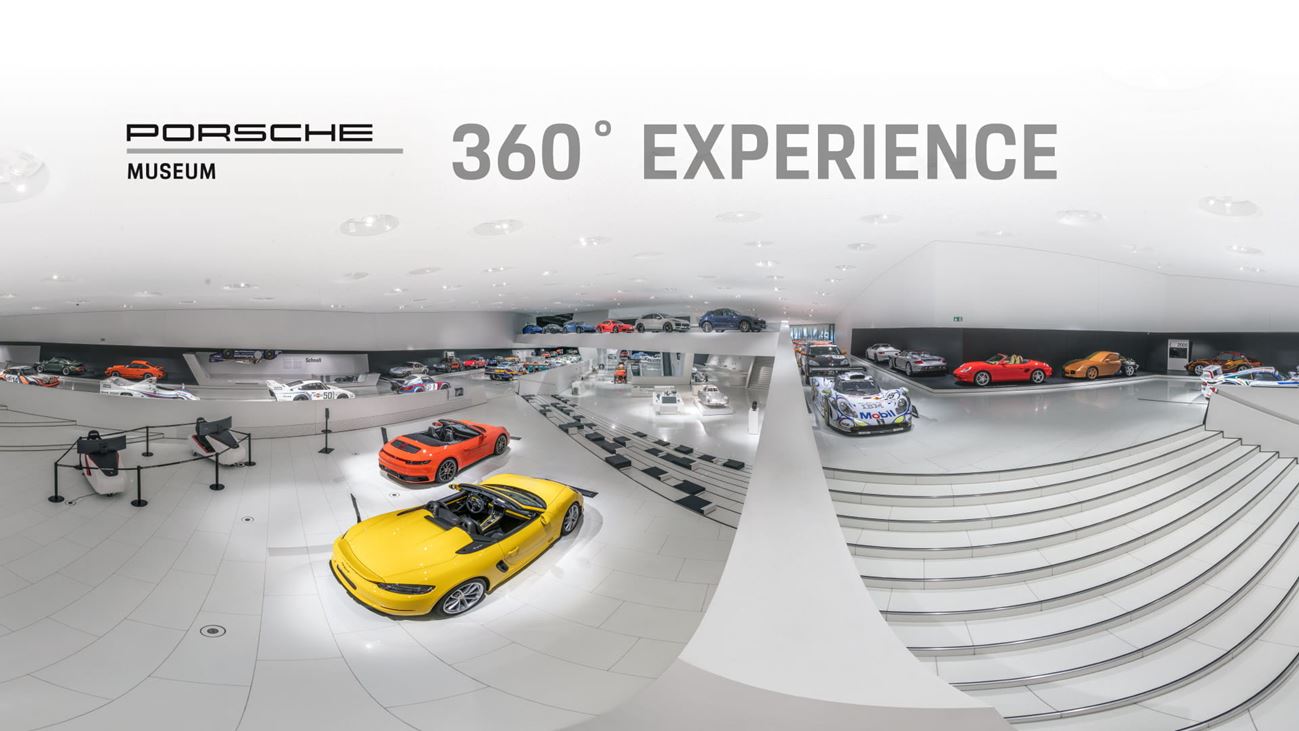
05 Hospitality subscriptions
Another movement bolstered by Covid-19 is the membership model. ‘Lots of hospitality brands are looking for ways to improve customer loyalty and decrease cashflow fluctuations,’ says Sawerschel. This has led to the likes of luxury resort Inspirato and CitizenM launching subscription models, and Pret A Manger offering ‘all-you-can-drink’ monthly coffee cards. ‘I don’t think this will be an industry-wide change,’ says Sawerschel, ‘but it can really work out for specific clients in specific situations, and can easily be trialed in a pilot project to see if there’s a demand. Whoever cracks this first will have a system to lock in customers like no one else.’
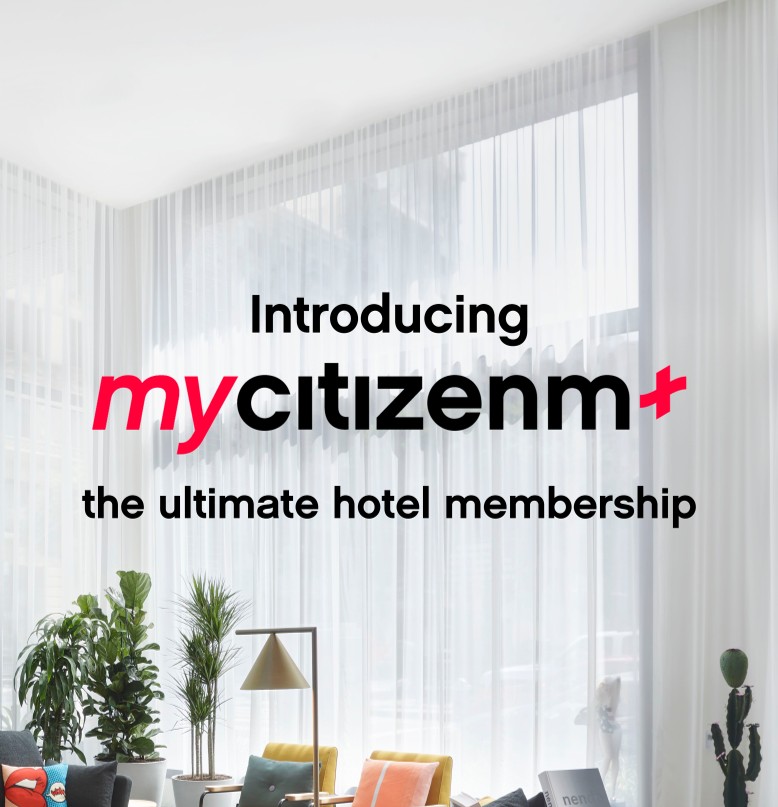
06 Hybrid hotels
While big hotel brands catch up with what independent players were doing a decade ago – designing lobby spaces to double as co-working hubs, for instance – the hybrid hotel model can be pushed further. How can new concepts counter occupancy issues, such as breakfast rooms often being empty the entire day, and meeting spaces unused over the weekends? ‘Bedrooms’ could be rented out during the day as meeting rooms or workspaces, as in the new Co-Hito concept from Baranowitz & Kronenberg, but this demands a change in perception. ‘Hotel rooms exude a certain level of intimacy,’ says Sawerschel, ‘so multifunctional rooms need to send a different message through their positioning.’
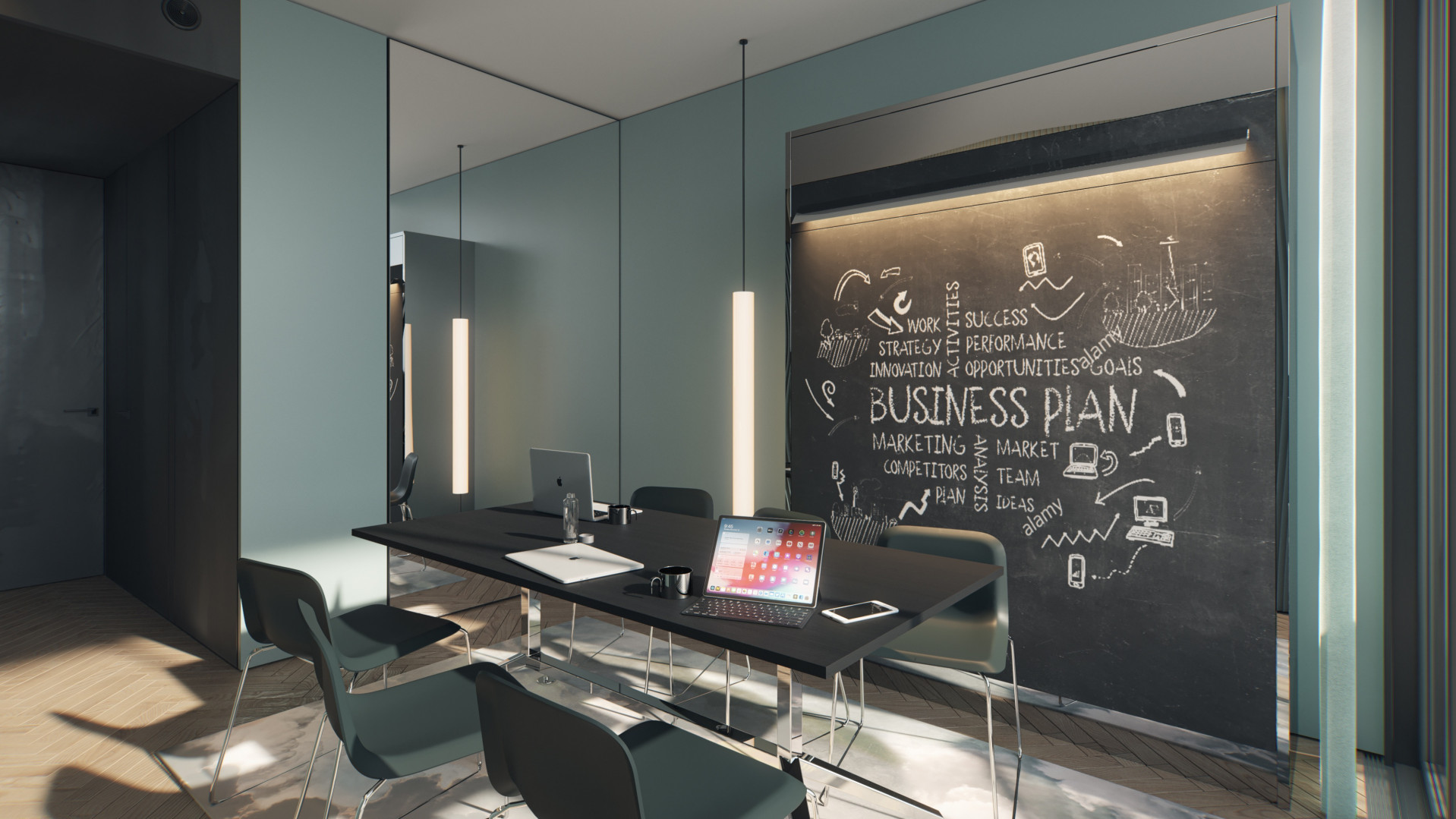
This way of thinking could also lead to immersive brand experiences that utilize unexpected spaces, like a parking garage that hosts concerts. ‘The abandonment of programmed functions happened a lot during the pandemic, showing us that we can use different spaces in different ways,’ says Ingram. ‘That was out of necessity, but what if we did it out of choice?’ As a result, hotels could also feel different on subsequent visits – an interesting prospect in conjunction with the membership model.